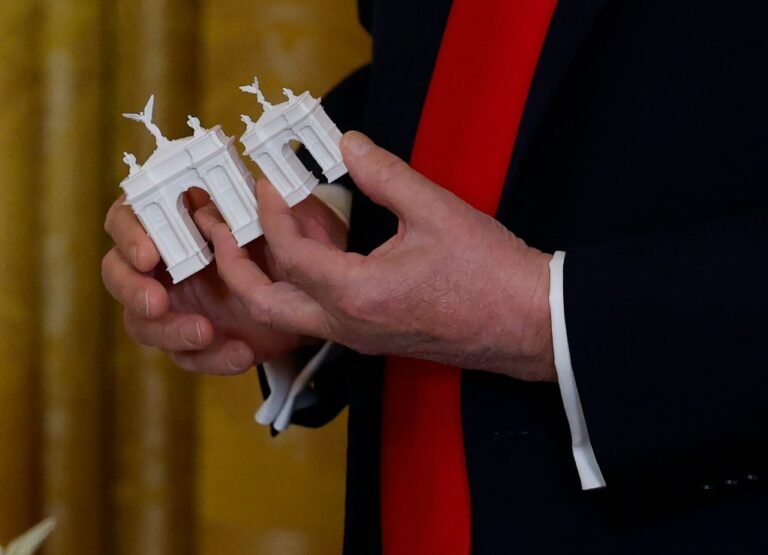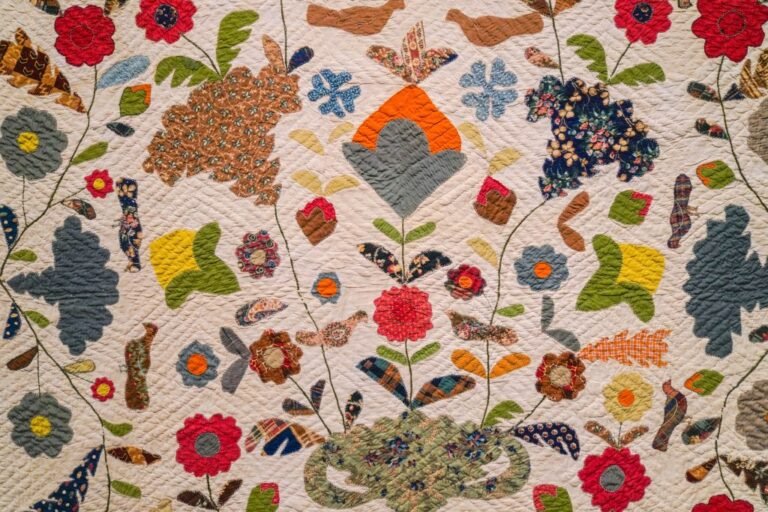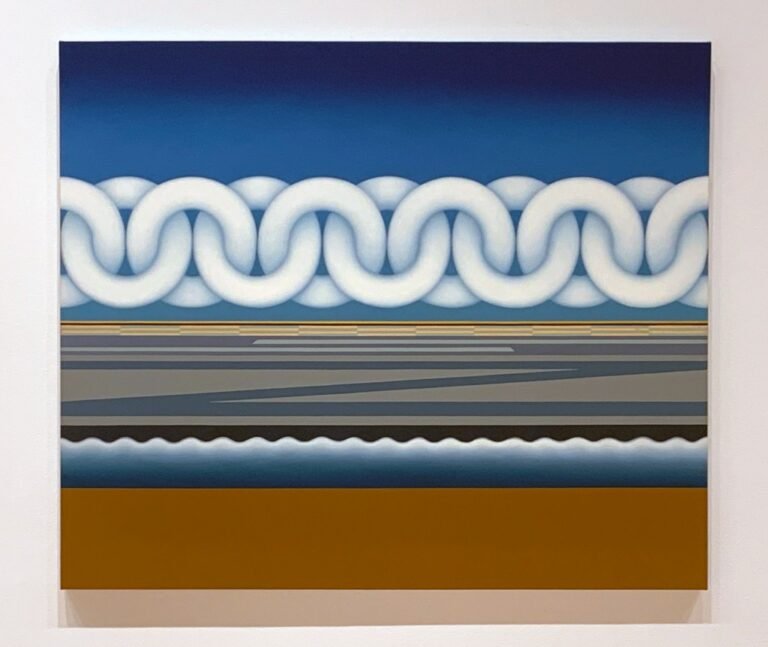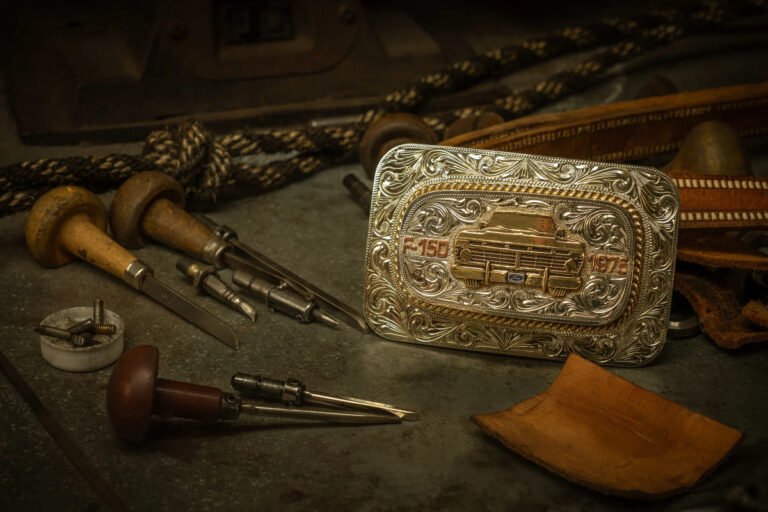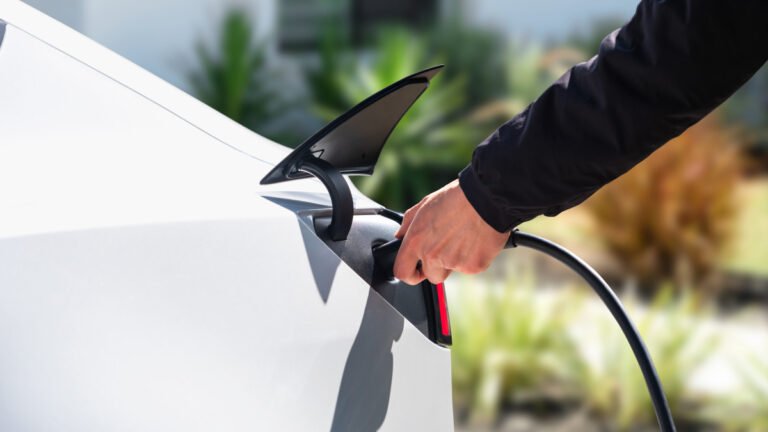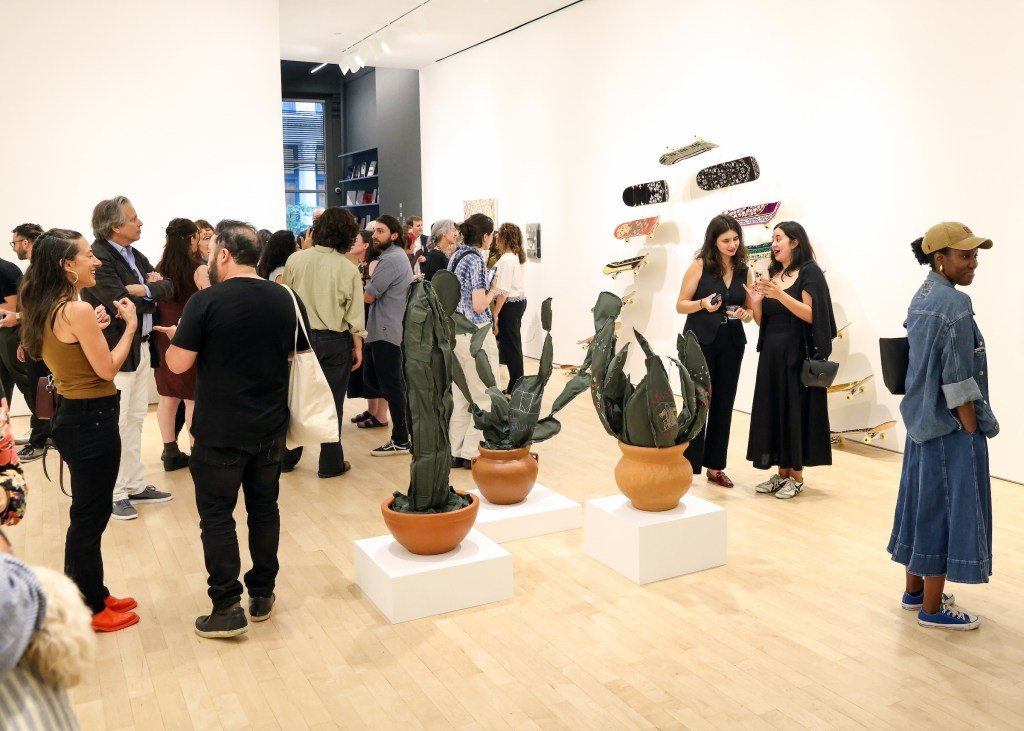

When Jane Lombard started her career in the art world in the 1990s, she was part of a delegation that traveled to Poland to help Eastern European artists show their work in the United States just before the Cold War ended.
Three decades later, Lombard sat at her desk at her gallery in New York City’s Tribeca neighborhood, discussing how she would join hundreds of thousands of Americans to protest against the nation’s creeping authoritarianism at the No Kings Day parade this coming Saturday, October 18.
“We don’t have those issues here, but they’re coming. Look at Chicago, they’re fighting back,” she told Hyperallergic, referring to President Trump’s attempts to deploy the national guard in Illinois.

At a time when the contemporary art world appears to be swerving away from politics, with some institutions quietly abandoning exhibitions that challenge the current administration’s views, Lombard knows that all politics are personal. Her current exhibition 30 X 30: A Selection of Thirty Artists Over Thirty Years, which opened September 5, is a reflection of the art she has enjoyed the most, reflecting an incisive, sometimes bracing, sociopolitical message.
It’s also a homecoming for dozens of artists whom Lombard has represented and shown in her gallery spaces in SoHo, Chelsea, and Tribeca, where she relocated to 58 White Street in 2020. They hail from more than a dozen countries, including China, Taiwan, Morocco, Turkey, Myanmar, and some from which they have fled in exile, but share several commonalities.
“A lot of artists explore their identities and the countries they are from in their work,” said Mána Taylor, a press liaison for the gallery. “Some works delve into architectural elements and landscapes, while others look at the body in a more subtle way.”

The show includes a twinkling 2023 sculpture of multi-colored crystal glass in the shape of an apostrophe by Via Lewandowsky, an artist Lombard showed at her first exhibition in 1995. He called the work “Brilliance of Omission” because the apostrophe is used as a placeholder to avoid writing the word “God” in Hebrew texts.
Nearby is Mounir Fatmi’s 2016 installation of 14 skateboards upholstered with Islamic prayer rugs, titled “Maximum Sensation.” Fatmi arranged the plush skateboards in a bell curve pattern to show what a kick-flip trick would look like in slow-motion, a commentary on the near-religious devotion of skaters and the cross-pollination of pop culture in America and the Muslim world.


The most political piece in the show may be Margarita Cabrera’s fabric sculptures of potted cacti made in the center of the room. Cabrera hosted workshops in El Paso in 2016 with recent undocumented immigrants who embroidered stars and other symbols on the leaves of fake cacti that she assembled with scraps of border patrol uniforms. Her art assistants aren’t named in the gallery’s label in order to protect their identities. Cabrera’s politics are not contained to her artworks: She and fellow artist Nicholas Galanin recently withdrew from a symposium at the Smithsonian Institution that had been made private and invitation-only, a decision that Cabrera called “quiet censorship.”
Near the back of the gallery, Richard Ibghy and Marilou Lemmens’s 12-inch yellow ceramic sculpture that resembles an upside-down pair of jeans sits on a pedestal. The 2022 work, called “Mastermind,” depicted strategic rips and tears on the jeans that stand for Morse code, which were used by opponents of Turkish President Recep Tayyip Erdogan to communicate secret messages.

Downstairs, visitors will find two striking pieces by 21st-century Chinese artists who straddle the real and virtual worlds. Beijing artist Cao Fei’s digital print “RMB CITY 1” (2007) shows the skyline of a fictional Chinese city created in the online multiplayer game Second Life, surrounded by rising seas. If you look closely, you’ll see the Beijing National Stadium among the skyscrapers.
Lu Yang, who lives in Tokyo, also explores the overlap between faith and video game avatars. His 2022 light box image, “DOKU – The Matrix #2” contains several facsimiles of the artist dressed to symbolize the different Buddhist realms of existence. Jane Lombard is one of the first in the US to show his work, the gallery said.
Some works have a unique personal connection to Lombard, too. Mark Bradford’s 2002 mixed-media work “Nasty Ass Pigeons” includes scores of heat-resistant endpapers attached to the canvas in reference to his mother’s work as a hairdresser. That year, he created an installation of a working beauty shop at Art Basel Miami Beach called “Foxyé Hair,” where he and his team would style visitors’ hair.
“That’s where Jane had her red streak done that she still has today,” Taylor said.
